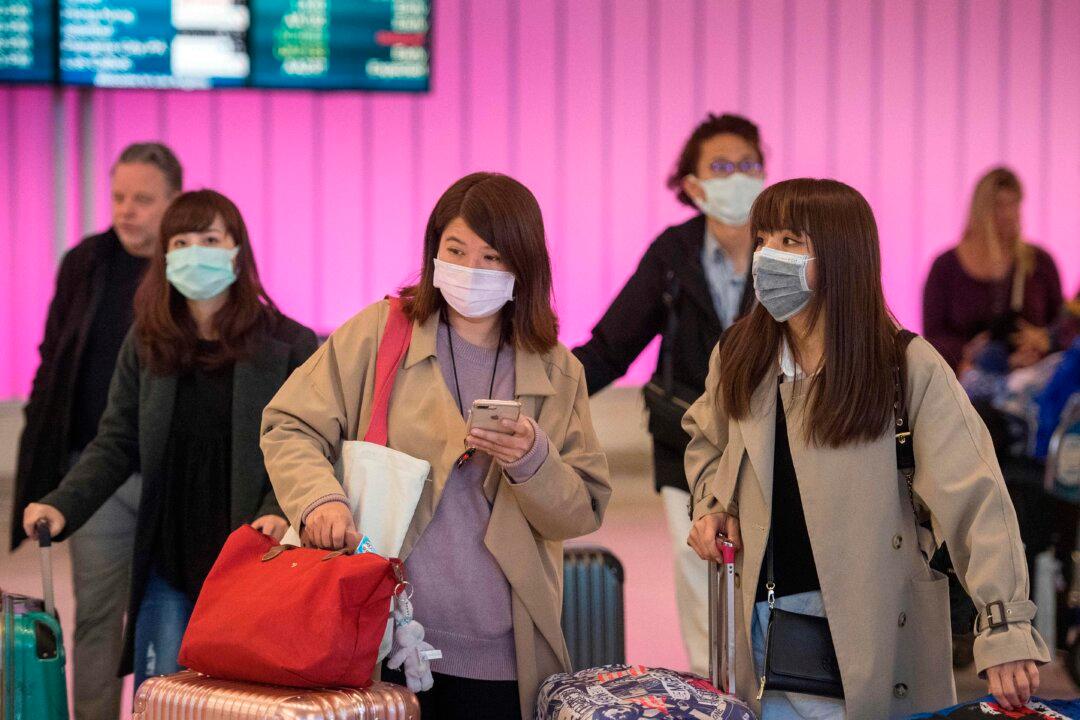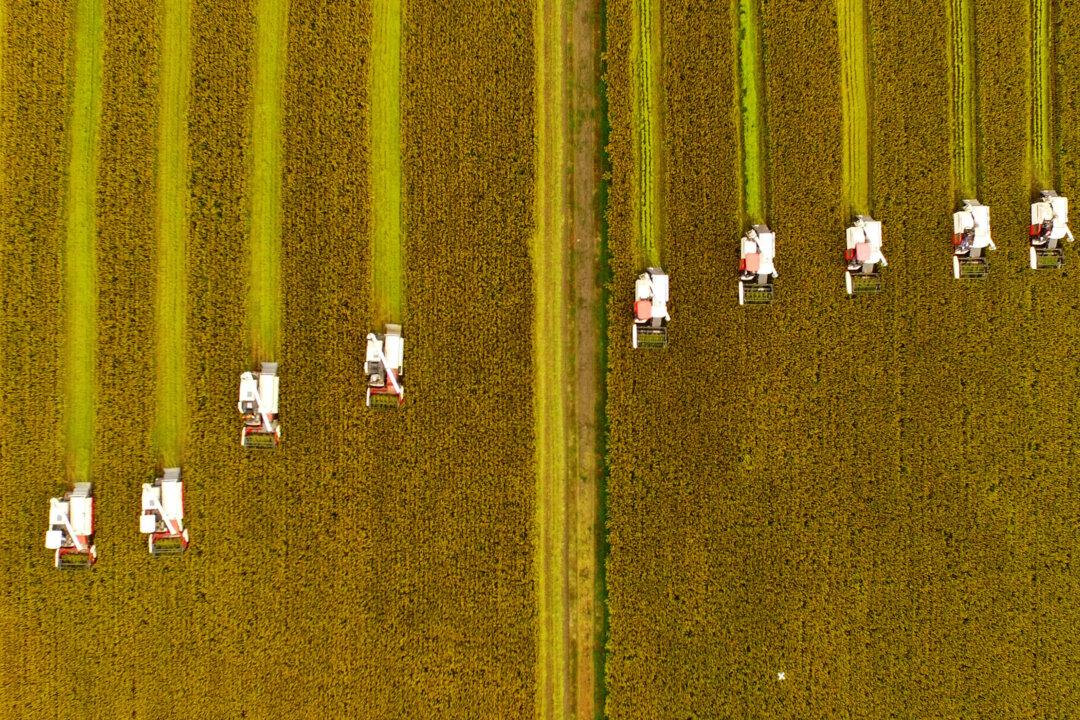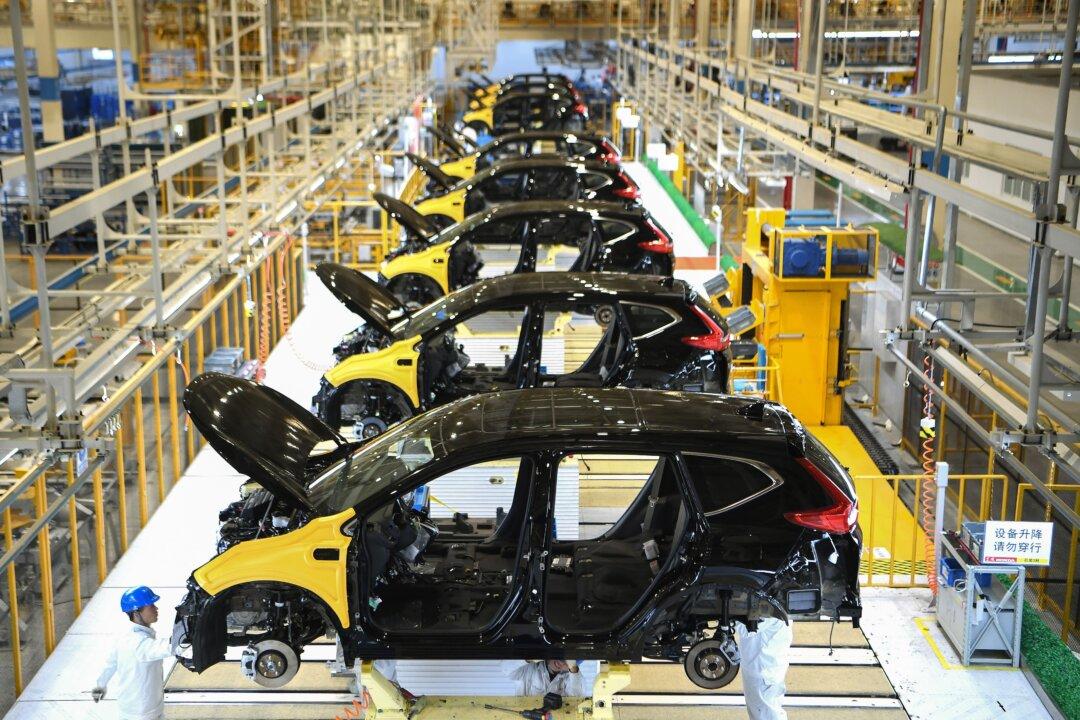China’s outbreak of a deadly coronavirus (COVID-19) is paving the way for robots beaming ultraviolet light as the newest weapon to kill communicable diseases in public spaces.
The U.S. Centers for Disease Control and Prevention states that the top disease prevention technique is to avoid close contact with people who are sick. But that is impracticable where about 55 percent of the world’s 7.7 billion people are now urbanized.





